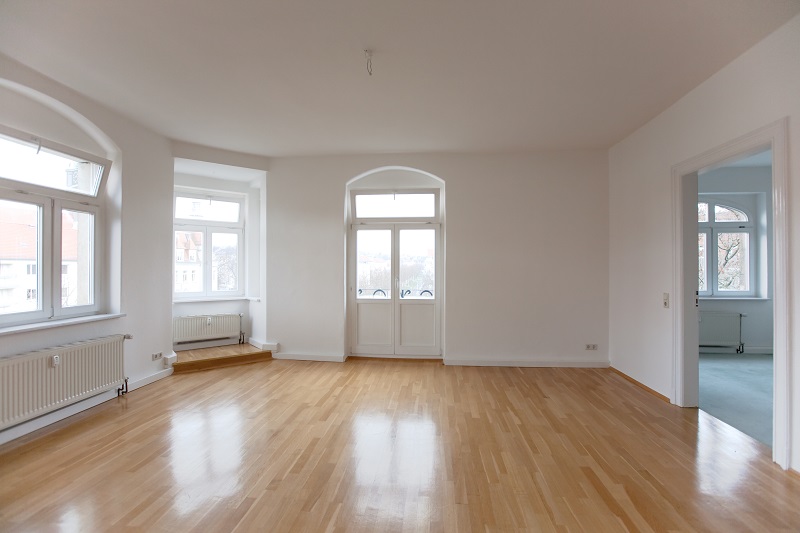Small multifamily refinancings have soared during COVID-19. This article explains what this trend means and the benefits of refinancing.
Webinar: How to Spot Strong Small Balance Multifamily Investment Opportunities in L.A.

Join Arbor and Freddie Mac for our complimentary live webinar on Tuesday, Dec. 4 at 2:00 p.m. EST, hosted by Los Angeles Business Journal, to learn about the small balance finance and investment opportunities in L.A.!

Millennial Renter Income Profiles Mirror Market Averages

Young adult apartment renters earn as much as their older neighbors, with those living alone earning significantly higher income than the market average in downtown locations.

Small Apartment Properties Experience Uptick in Young Adults Renting Alone

As apartments continue to support Millennial demand in a variety of ways, small asset multifamily is experiencing an appreciable uptick in young renters living alone across the rental market.

Webinar: Optimizing Your Portfolio with Small Multifamily Financing

View our webinar on finance and investment opportunities in the small multifamily space! Moderated by economist Sam Chandan, this complimentary on-demand webinar from Arbor and Fannie Mae will present actionable ways for small multifamily owners and operators to optimize and expand their portfolios.

How Do Rents Compare by Unit Mix in New and Old Buildings?

Small apartment properties present strong value at both ends of the property age spectrum, with the most recent and prewar properties outperforming market averages across unit size.

Apartment Inventory Reveals Decades-Long Shift Toward Larger Unit Sizes

While small and large apartment buildings are specialized in terms of unit mix, inventory additions over time have been skewed toward larger units across both asset classes.

Small Apartment Buildings Show Tighter Rent Spread by Property Age

Compared to other rental properties, average rents in small asset multifamily vary less by property age, while rents for prewar buildings are going toe-to-toe with newer construction.

Climate Risk Gaining Prominence in Real Estate Investment Decisions

Real estate investors take many factors into consideration when looking to enter a new market or acquire a new asset, and environmental, social and governance (ESG) elements, including climate risk, are gaining importance in their investment decisions, panelists noted at the 2018 ULI Fall Meeting in Boston.

Top Commercial Real Estate Trends to Watch in 2019

Slow and steady growth coupled by cautious optimism seemed to be the overall sentiment shared by real estate economists and industry experts at the 2018 ULI Fall Meeting in Boston, where panelists revealed their forecast for the U.S. economy and real estate market heading into 2019, as well as the annual ULI-PwC Emerging Trends in Real Estate Report, which discusses major trends to watch over the next several years. The overall outlook for the U.S. economy was positive, according to a forecast of 45 economists and analysts surveyed by ULI in September 2018, with expectations for continued, moderate growth despite a sea change in macroeconomic policy, including rising interest rates, tax reform, and more restrictive immigration. Fundamentals are expected to remain strong through 2020, with a slight moderation in some areas. Highlights include: • GDP growth: The survey forecasts GDP growth to end this year at 3.0%, before it slows to 2.5% in 2019 and 1.7% range in 2020. • Unemployment rate: The current record-low rate of 3.8% is expected to bump up slightly to 4.0% by 2020. • Transaction Read the full article…

ULI Special Report: For Renters, Walkability is Becoming More Valuable Than Public Transit

Technology is proving to be a major disruptor across sectors and real estate is no exception. Ride hailing and driverless vehicles were two top-of-mind disruptors at the 2018 ULI Fall Meeting in Boston, with industry panelists noting that these technological developments are fundamentally changing the way we build and manage our assets, and changing renter preferences from valuing public transit to putting a premium on walkability.


